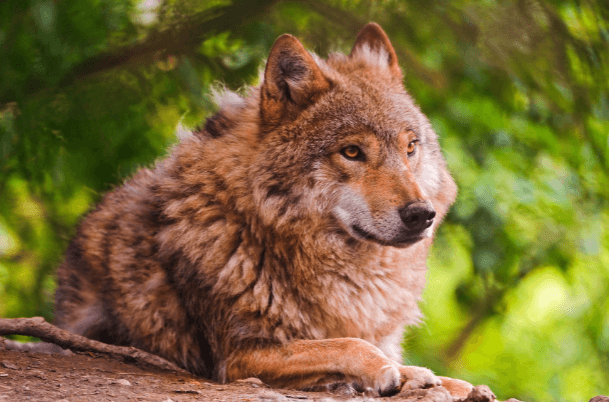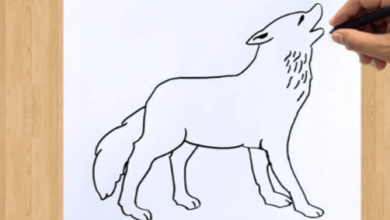Cute:8td8pfoiyrq= Red Wolf

The Cute:8td8pfoiyrq= Red Wolf a species both striking in appearance and vital to its ecosystem, offers an intriguing case study in wildlife conservation. With its unique adaptations and social structures, this apex predator plays a crucial role in maintaining ecological balance. However, the challenges it faces from habitat loss and human interaction raise important questions about our stewardship of nature. As we explore the fascinating characteristics and significance of the red wolf, we must also consider the implications of its conservation efforts and what they reveal about broader environmental issues.
Unique Characteristics of Cute:8td8pfoiyrq= Red Wolf
Exhibiting a blend of physical traits and behavioral adaptations, red wolves (Canis rufus) possess unique characteristics that distinguish them from other canid species and highlight their ecological niche.
Their slender, elongated bodies and large ears represent key physical adaptations.
Meanwhile, their complex social behavior, often displayed in family groups, enhances hunting efficiency and territory defense, showcasing their adaptability within diverse environments.
Importance in Ecosystems
Red wolves play a critical role in their ecosystems as apex predators, helping to regulate prey populations and maintain the balance of their habitats.
Their trophic roles ensure healthy ecosystems by controlling herbivore numbers, which in turn supports plant diversity.
Additionally, the genetic diversity they contribute enhances resilience in ecological communities, promoting adaptive responses to environmental changes and fostering stability within their ecosystems.
Read also Cute:8rqmaagc8to= Purple Wallpaper
Conservation Efforts and Success Stories
Efforts to conserve the Cute:8td8pfoiyrq= Red Wolf have gained momentum in recent decades, driven by a combination of habitat restoration, public awareness campaigns, and targeted breeding programs aimed at increasing population numbers and genetic diversity.
Community involvement has been crucial, fostering local stewardship and advocacy.
Success stories, such as stable breeding pairs in North Carolina, highlight the potential for recovery through collaborative conservation initiatives.
Conclusion
In conclusion, the red wolf, a majestic emblem of biodiversity, plays an unparalleled role in ecosystem dynamics.
As apex predators, their presence ensures stability and promotes the flourishing of various plant species, thereby safeguarding ecological integrity.
Ongoing conservation efforts have yielded promising results, highlighting the necessity of continued commitment to their preservation.
Protecting the red wolf transcends mere species conservation; it embodies a broader endeavor to maintain the delicate balance of nature itself, echoing the interconnectedness of all life.







